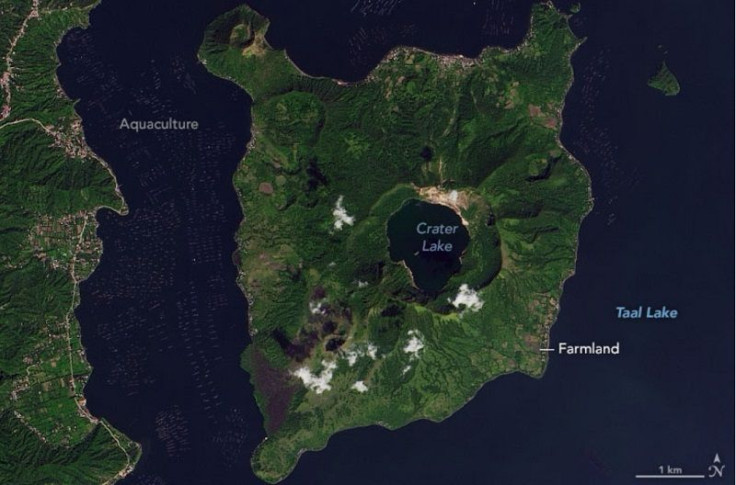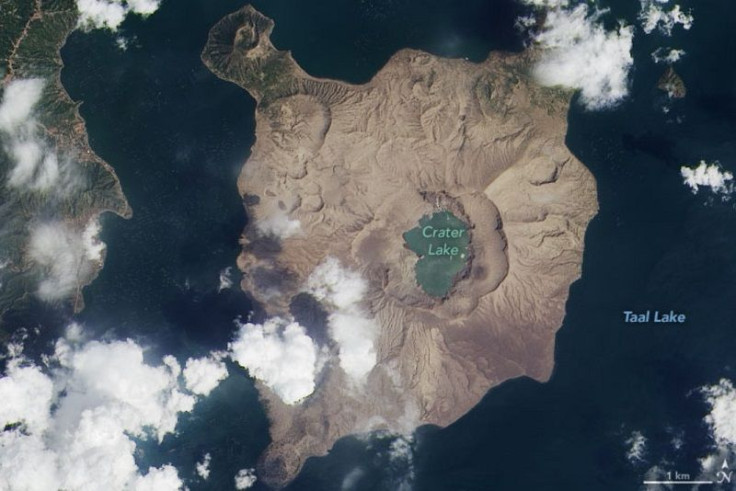NASA Satellite Image Shows Ash Damage On Taal Volcano Island
KEY POINTS
- New NASA satellite image shows the effects of the Jan. 12 eruption on Taal volcano island
- Taal volcano island is still gray two months after the sudden eruption
- Taal volcano is still on Alert Level 2
Satellite images show the drastic change that happened to Taal volcano island in the Philippines since the sudden eruption. As NASA Earth Observatory puts it, the volcano now looks more like the Moon than the tropics.
The first image was taken by the Operational Land Imager on the Landsat 8 satellite last Dec. 6, 2019, roughly a month before the sudden eruption took place. The island was still bright green and some houses and farmlands can still be observed. In the second image taken last March 11, two months after the initial eruption, the island remains to be gray as a result of heavy ashfall.


"Most of the ash has likely washed away by now, but signs of it will persist for millennia in the rock record," Denison University volcanologist Erik Klemetti said. "Most of the ash that fell within the caldera is in the process of getting concentrated into gullies and streams or deposited into the lake."
Volcanic ash is not fluffy despite how it looks. In fact, it is made up of small, jagged pieces of rock, mineral, and glass that can be harmful to vegetation, animals, property, and health, particularly when people breathe it in. Thick layers of volcanic ash can also cause roofs to collapse and even contaminate water supplies.
According to NASA Earth Observatory, the ash fall that resulted from the Taal volcano eruption last Jan. 12 was particularly problematic because it grew wet enough to have a sort of muddy texture then it dried and hardened into a material that resembles cement.
Unfortunately, this caused millions in damages to properties, crops, and animals. The residents that rely on Taal Lake also suffered major losses as 30 percent of the fish cages were destroyed during the eruption.
That said, NASA notes that plants on the island will eventually recover and the layer of ash will even help keep the soil fertile. Water has also returned to Taal Lake and people are slowly recovering from the devastation that the eruption caused.
As of the writing of this article, the latest bulletin from the Philippine Institute of Volcanology and Seismology still maintains Alert Level 2 over the Taal volcano. This means that Taal can still emit sudden stream-driven or phreatic explosions, cause volcanic earthquakes and emit ashfall and volcanic gas.
© Copyright IBTimes 2024. All rights reserved.






















